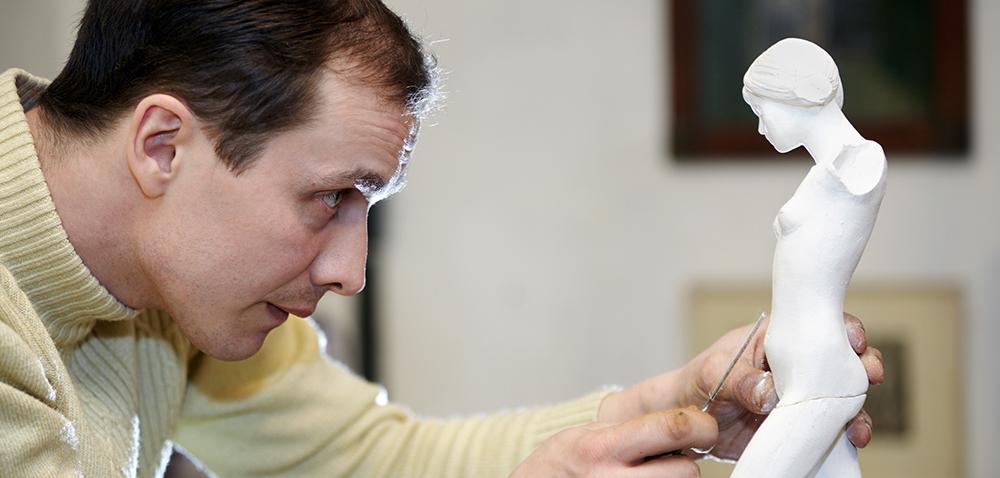The fine figures of Lucca
Most Italian towns have a specialty, from famous cuisine to fine crafts. One town better-known for products that please the eye, rather than the belly, is Lucca. The Tuscan town was behind the boom in plaster figurines, which reached its peak in the 19th Century.
Luccan craftsmen, noting the popularity of bronze and marble commemorative statues and figurines, found that simple, cheap recreations made of plaster were just as popular, giving everyday people the chance to own affordable works of their own to decorate their homes. Using skills picked up from master craftsmen who worked in monasteries on biblical statues, several local families crafted molds of popular Saints, royalty and other iconic figures. By making a mold for each, reproductions could be produced swiftly, making it a profitable exercise.
As their popularity spread, figurine makers began travelling further afield to meet demand and introduce their craft to new towns, regions and even countries, selling their products door-to-door. It became a running joke that Luccan plaster crafts were so common they could be found everywhere – even Christopher Columbus laughed that he had barely set foot in America when he was offered a Luccan figure by a street vendor.
These days figurines from Lucca have less broad appeal and are even more mass produced, with factories taking on the role of individual families in making them. But they come into their own at Christmastime, when many nativity scenes are set up by families featuring Luccan statues re-enacting that famous night in Bethlehem.
Luccan craftsmen, noting the popularity of bronze and marble commemorative statues and figurines, found that simple, cheap recreations made of plaster were just as popular, giving everyday people the chance to own affordable works of their own to decorate their homes. Using skills picked up from master craftsmen who worked in monasteries on biblical statues, several local families crafted molds of popular Saints, royalty and other iconic figures. By making a mold for each, reproductions could be produced swiftly, making it a profitable exercise.
As their popularity spread, figurine makers began travelling further afield to meet demand and introduce their craft to new towns, regions and even countries, selling their products door-to-door. It became a running joke that Luccan plaster crafts were so common they could be found everywhere – even Christopher Columbus laughed that he had barely set foot in America when he was offered a Luccan figure by a street vendor.
These days figurines from Lucca have less broad appeal and are even more mass produced, with factories taking on the role of individual families in making them. But they come into their own at Christmastime, when many nativity scenes are set up by families featuring Luccan statues re-enacting that famous night in Bethlehem.


